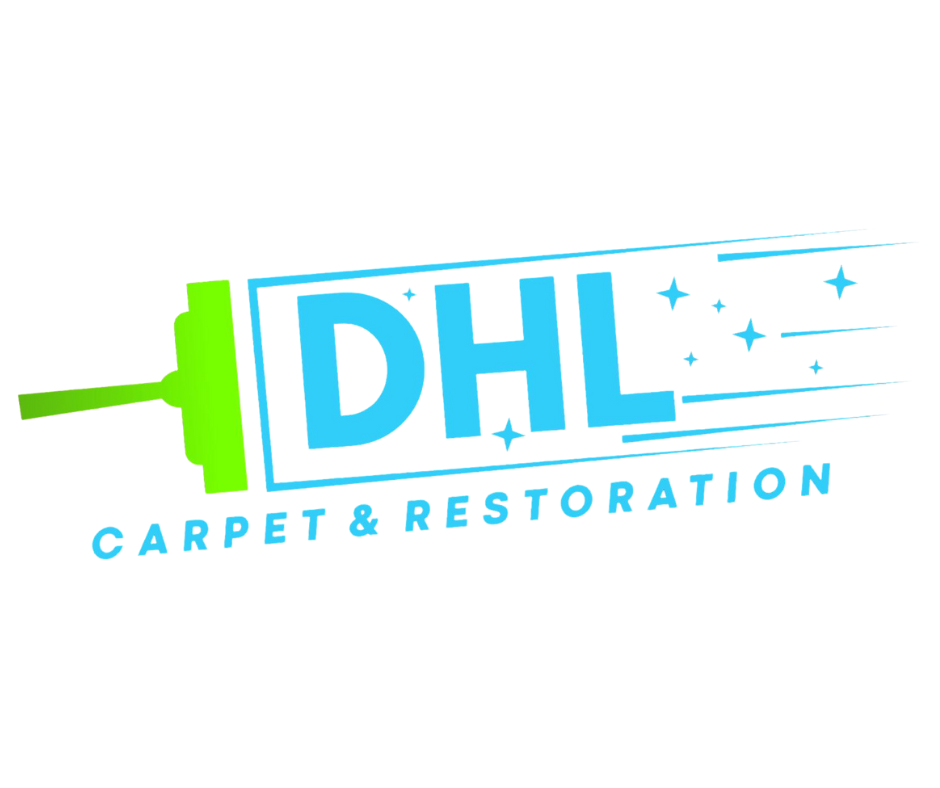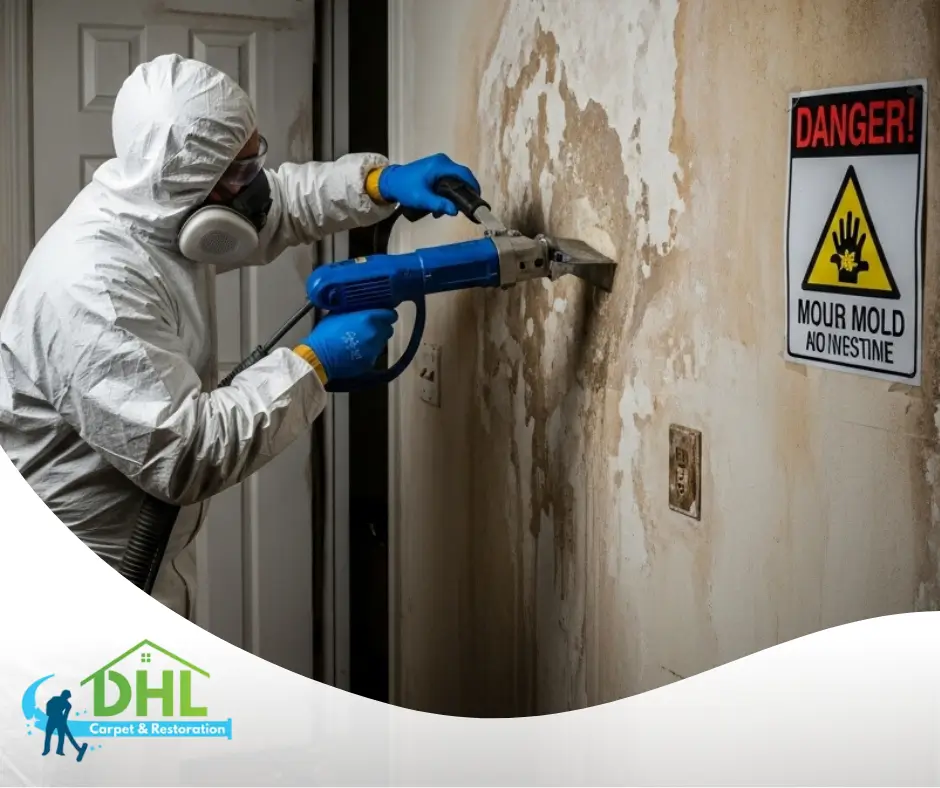When you hear the word “mold,” you might think of damp basements or musty smells. But mold is more than just an unsightly nuisance—it can be a serious threat to your home’s structural integrity and your family’s health. That’s why mold remediation is essential for protecting both your property and your well-being.
What is Mold Remediation?
Mold remediation is the professional process of removing mold from a building and preventing it from returning. Unlike simple cleaning, mold removal and mold mitigation involve identifying the source of moisture, safely eliminating the mold, and restoring affected areas. Effective mold remediation not only improves air quality but also prevents costly damage to walls, ceilings, and flooring.
Why Mold Growth is Dangerous
Mold can grow in as little as 24 to 48 hours when moisture is present. It releases spores into the air that can cause respiratory issues, allergic reactions, and even more severe health problems in vulnerable individuals. Common health effects include:
- Itchy eyes and skin irritation
- Chronic coughing and sneezing
- Asthma attacks and other breathing difficulties
- Fatigue and headaches
In addition to health risks, unchecked mold growth can weaken wooden beams, damage drywall, and create long-lasting odors that are difficult to remove without professional intervention.
Common Signs You Need Mold Remediation
Wondering if you might need mold remediation? Watch out for these tell-tale signs:
- Visible mold spots: Black, green, or white patches on walls, ceilings, or floors
- Musty odors: A persistent, earthy smell that doesn’t go away
- Water damage: Leaks, flooding, or condensation issues
- Worsening allergies: Increased coughing or sneezing indoors
If you notice any of these signs, it’s time to consider mold removal services to prevent further spread and damage.
The Mold Remediation Process
Professional mold remediation services involve a series of careful steps to ensure thorough removal and safe restoration:
- Inspection and Assessment: Experts identify the extent of the mold growth and underlying moisture sources.
- Containment: Sealing off contaminated areas to prevent spores from spreading to clean areas.
- Air Filtration: Using HEPA filters to remove mold spores from the air and improve indoor air quality.
- Removal and Cleaning: Specialized cleaning of affected surfaces and removal of unsalvageable materials.
- Restoration: Replacing or repairing damaged materials, leaving your home clean and safe.
Throughout the process, professionals use personal protective equipment (PPE) and proven techniques to ensure safety and long-lasting results.
Preventing Mold in Your Home
Once mold remediation is complete, keeping mold at bay requires ongoing maintenance:
- Control indoor humidity levels (ideally below 50%)
- Fix leaks and address moisture issues promptly
- Ensure proper ventilation in bathrooms and kitchens
- Use dehumidifiers in damp areas like basements
By addressing these factors, you can enjoy a healthier, mold-free environment long after the initial remediation.
When to Call the Mold Remediation Experts
While small mold patches might seem manageable with DIY cleaning, professional mold remediation is crucial for larger infestations. Certified mold specialists have the tools and expertise to eliminate mold safely and prevent it from returning.
At the end of the day, investing in mold remediation not only protects your home’s value but also ensures a safe and healthy space for you and your family. Don’t wait for the problem to worsen—take action today and breathe easier tomorrow.
READ MORE:

